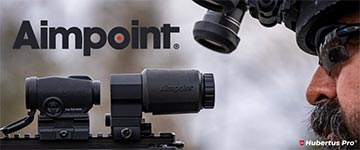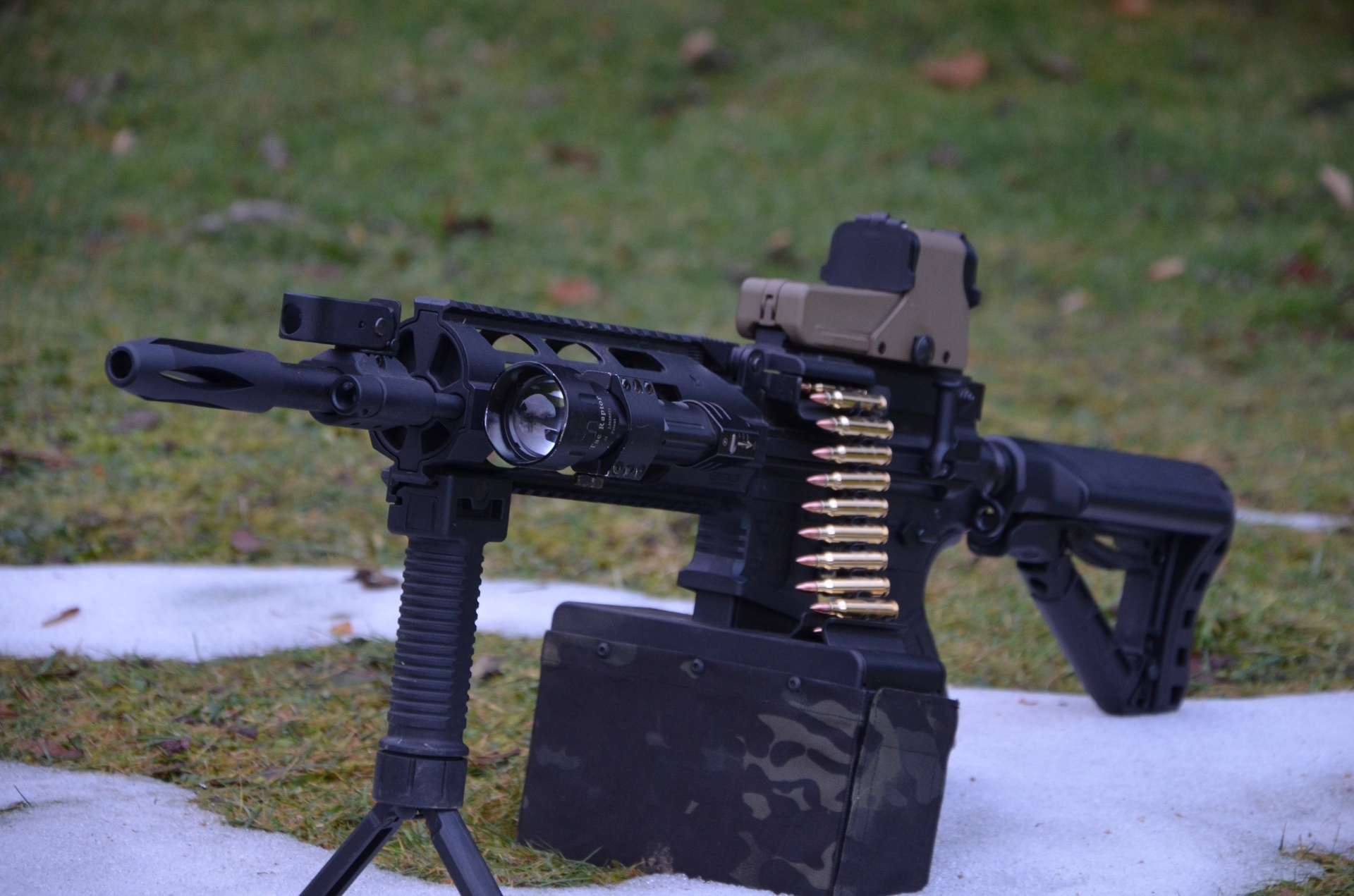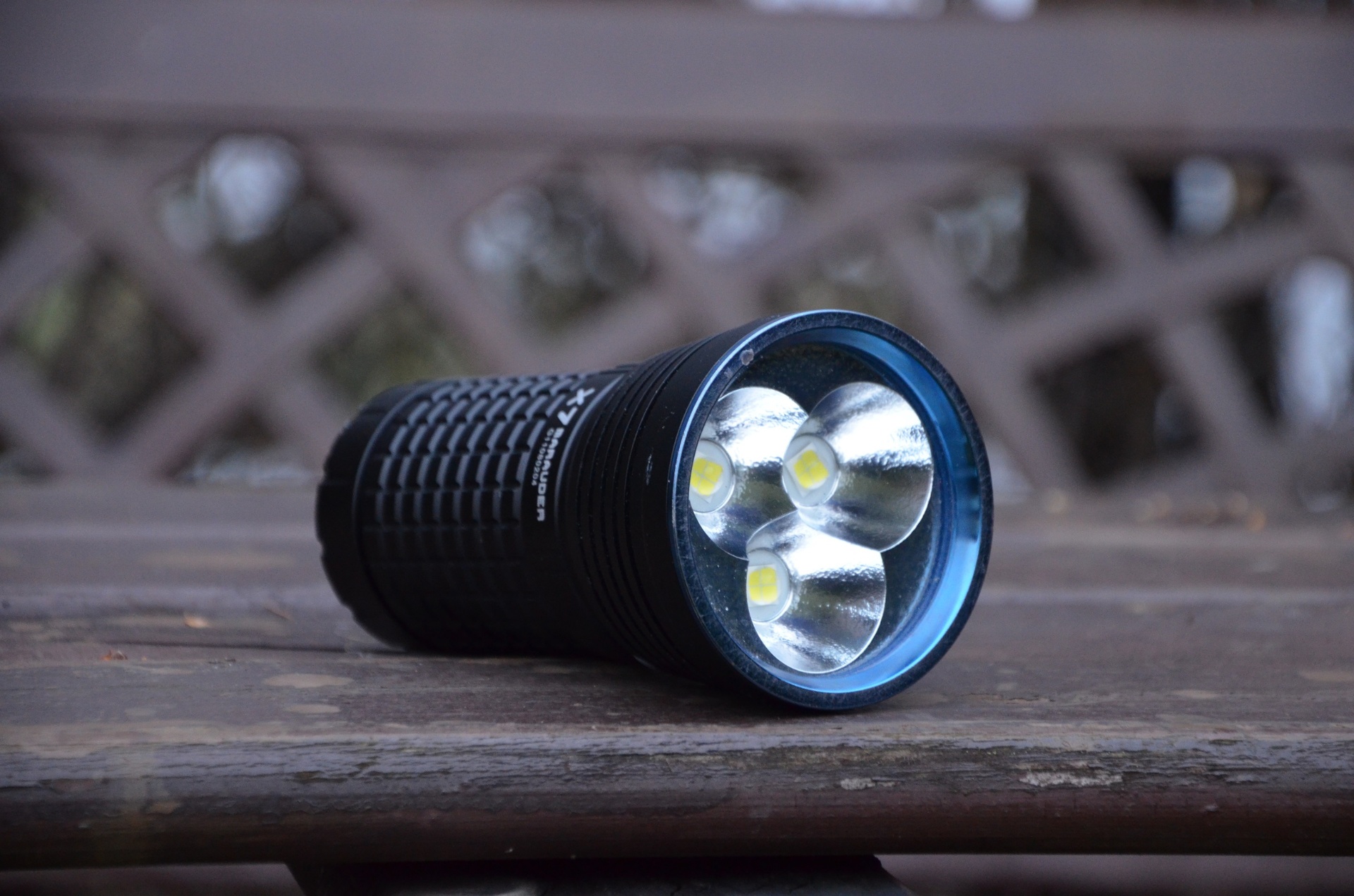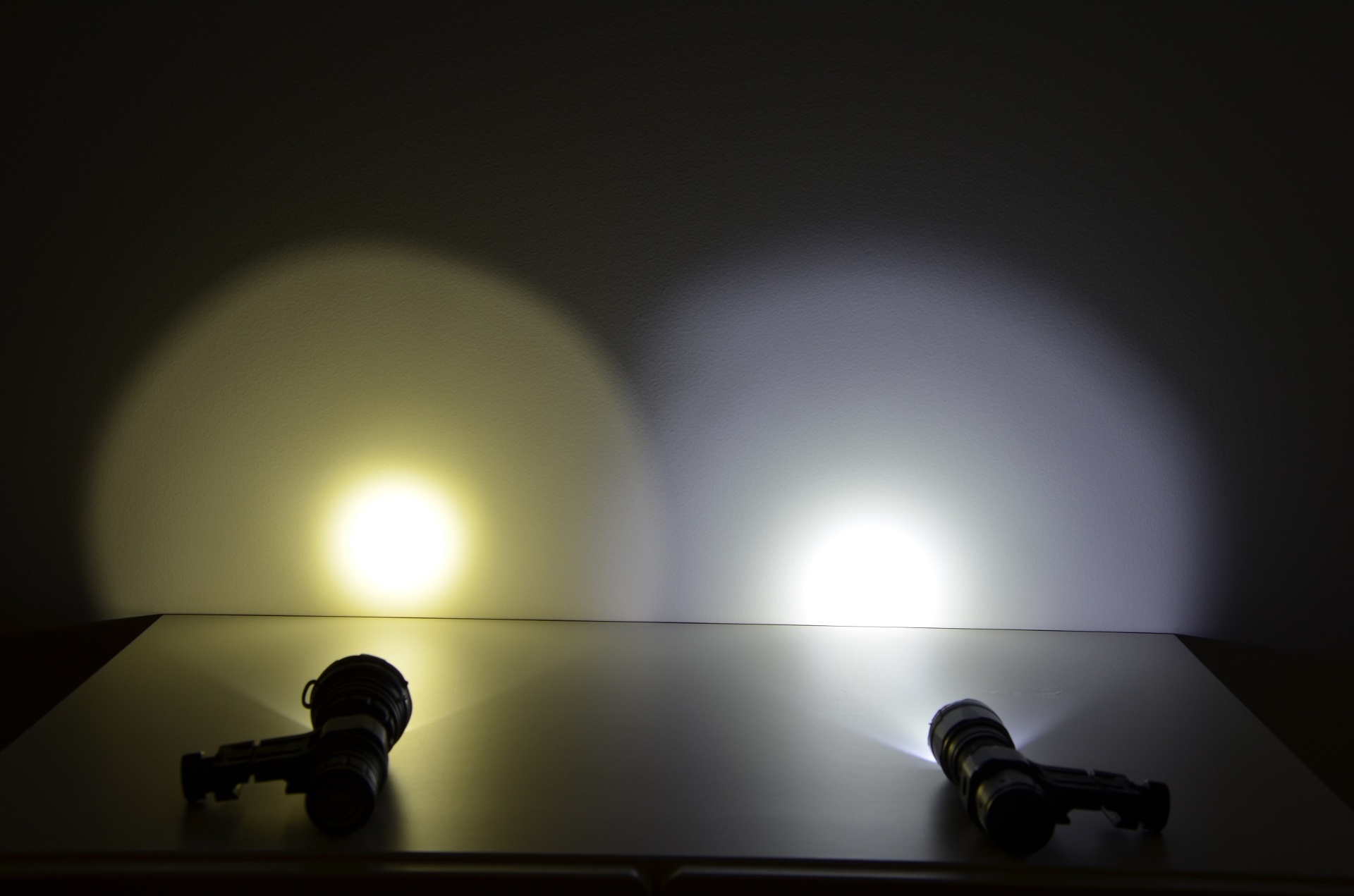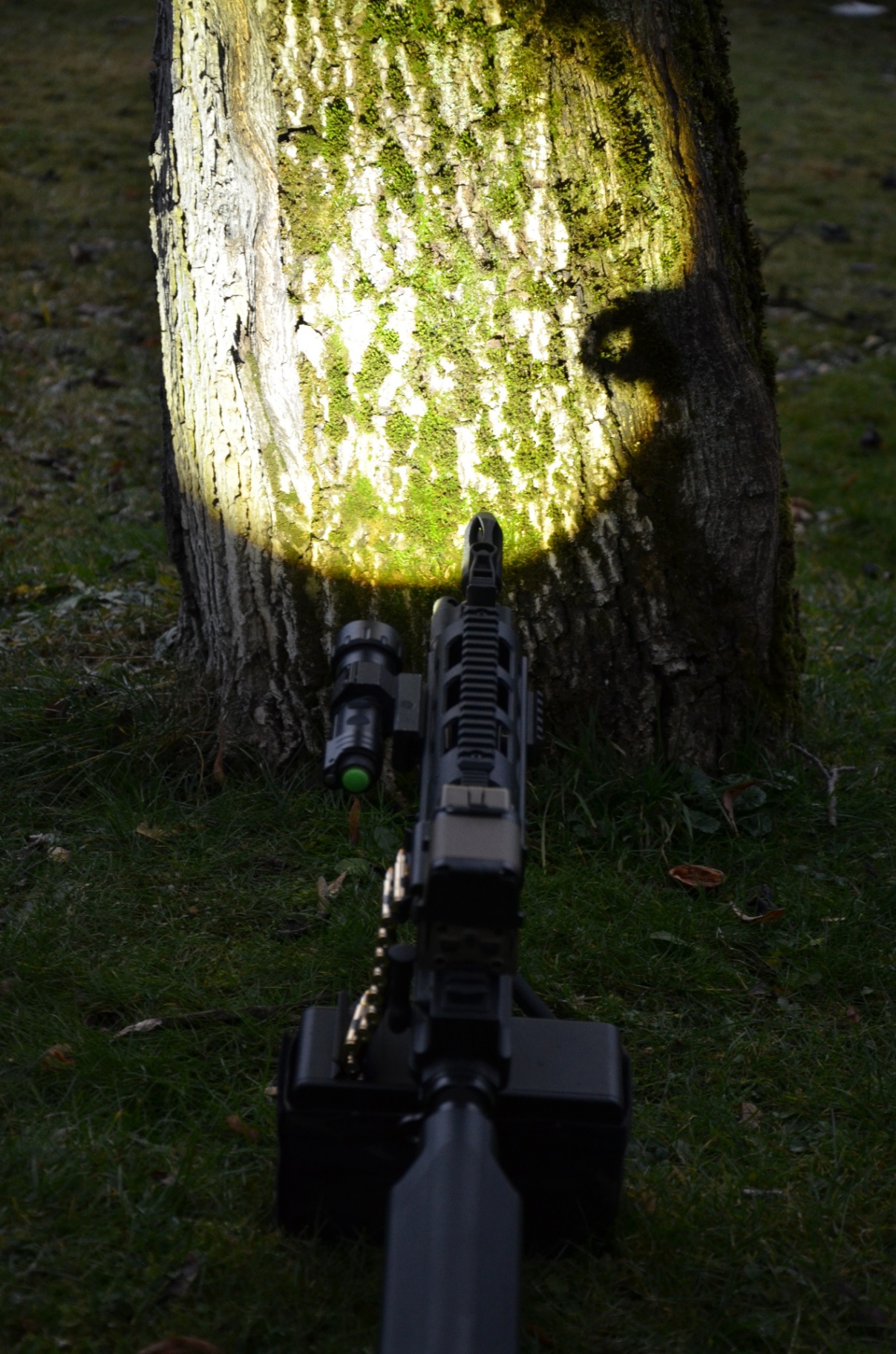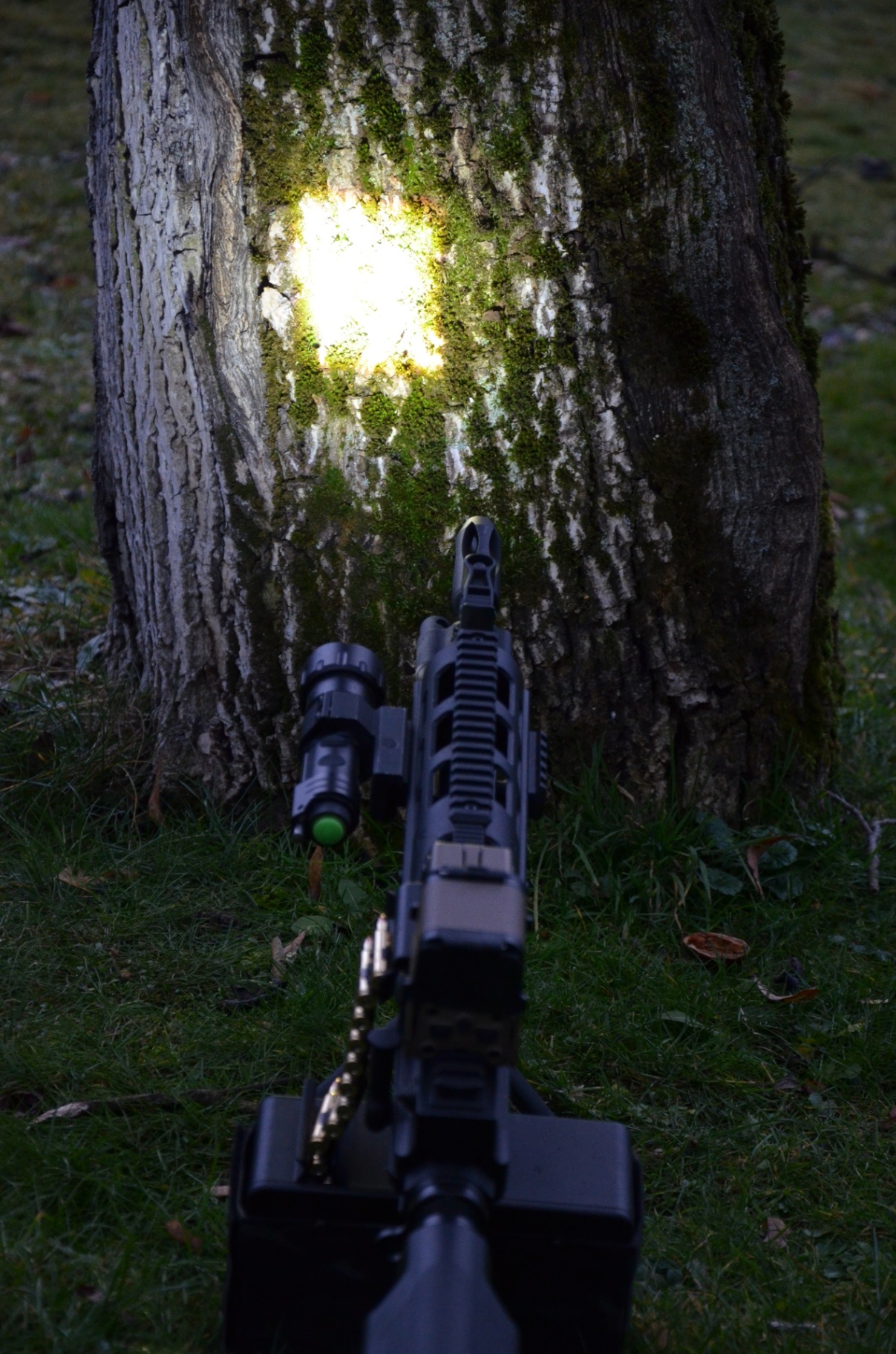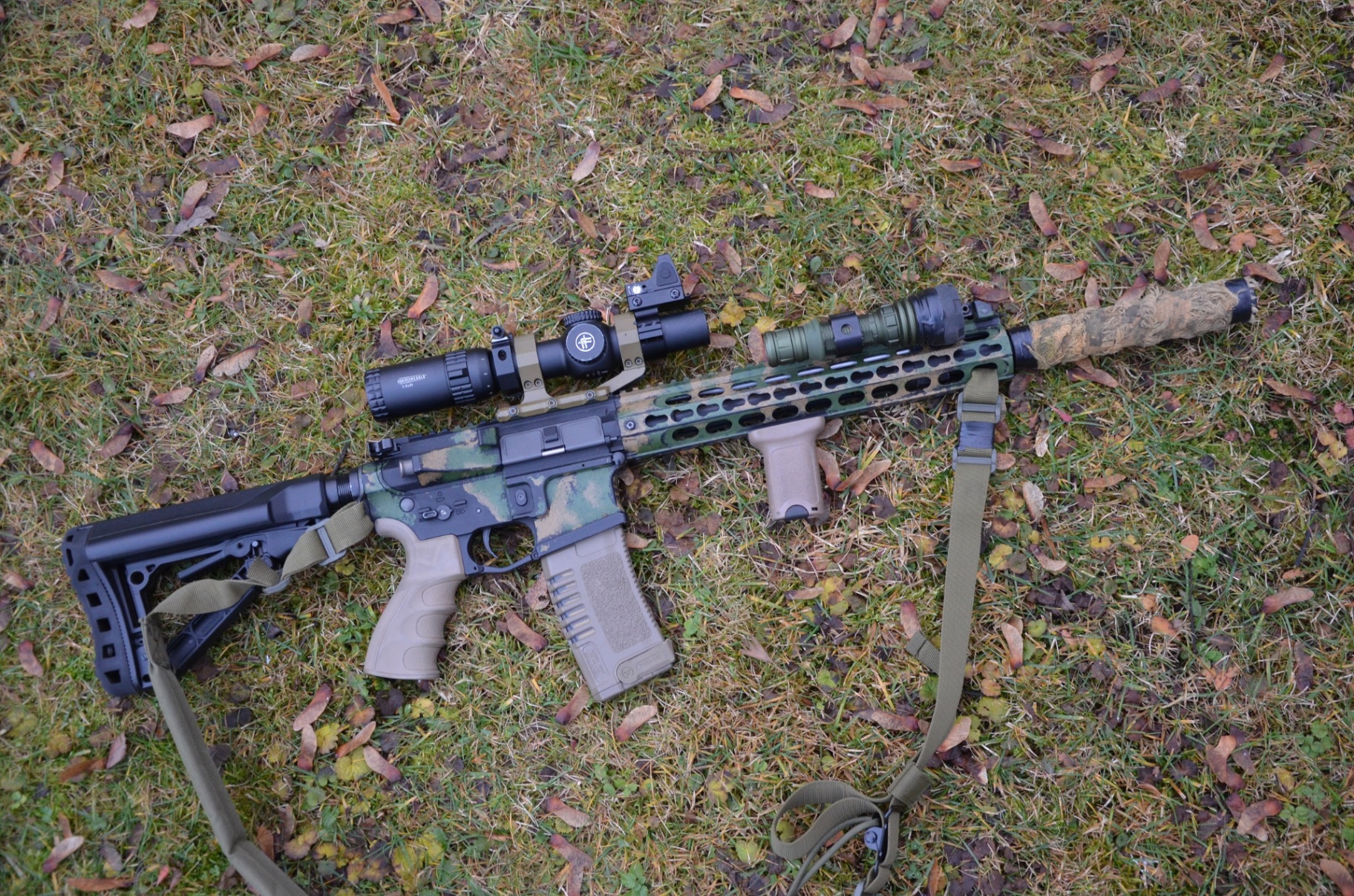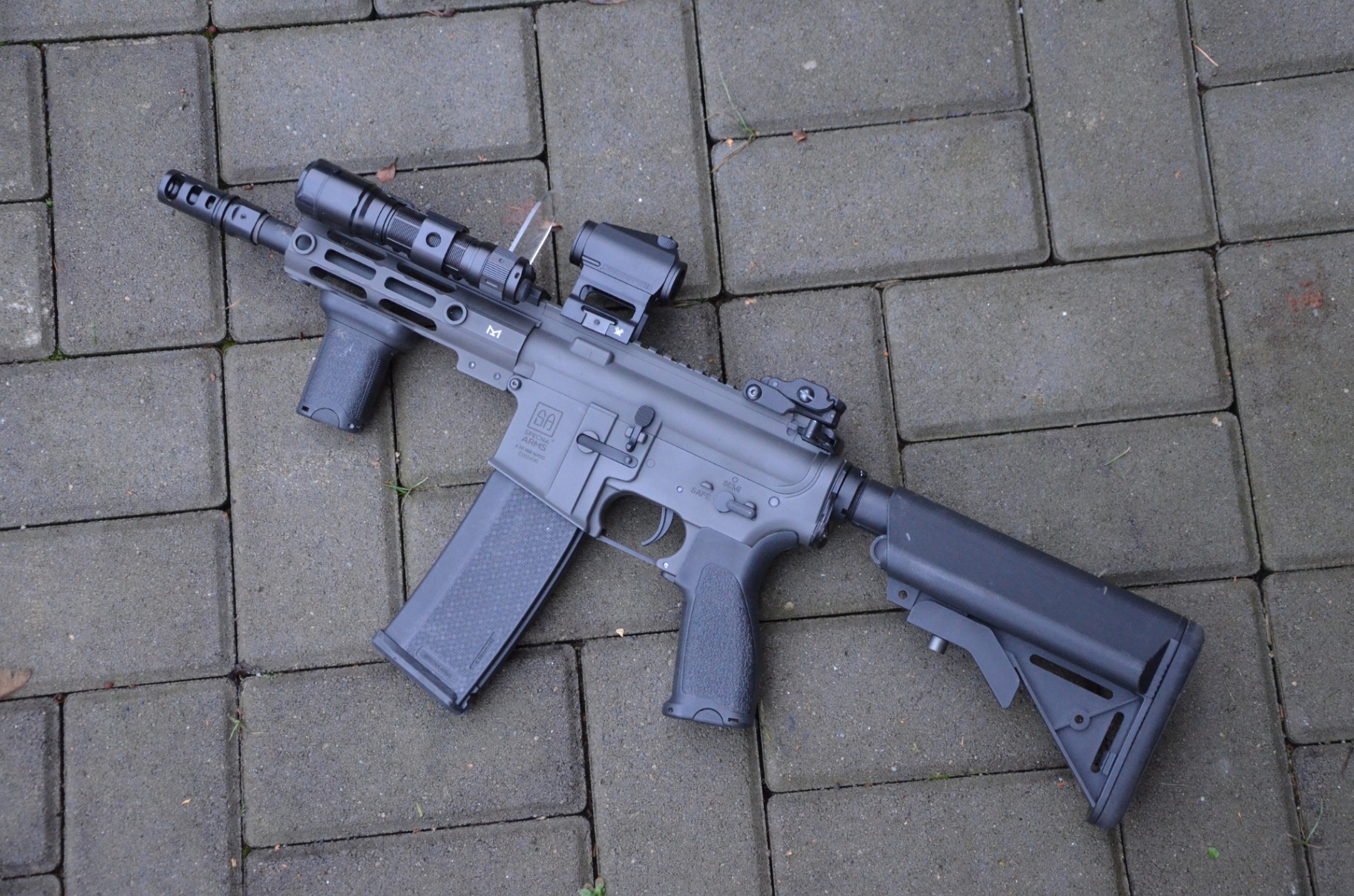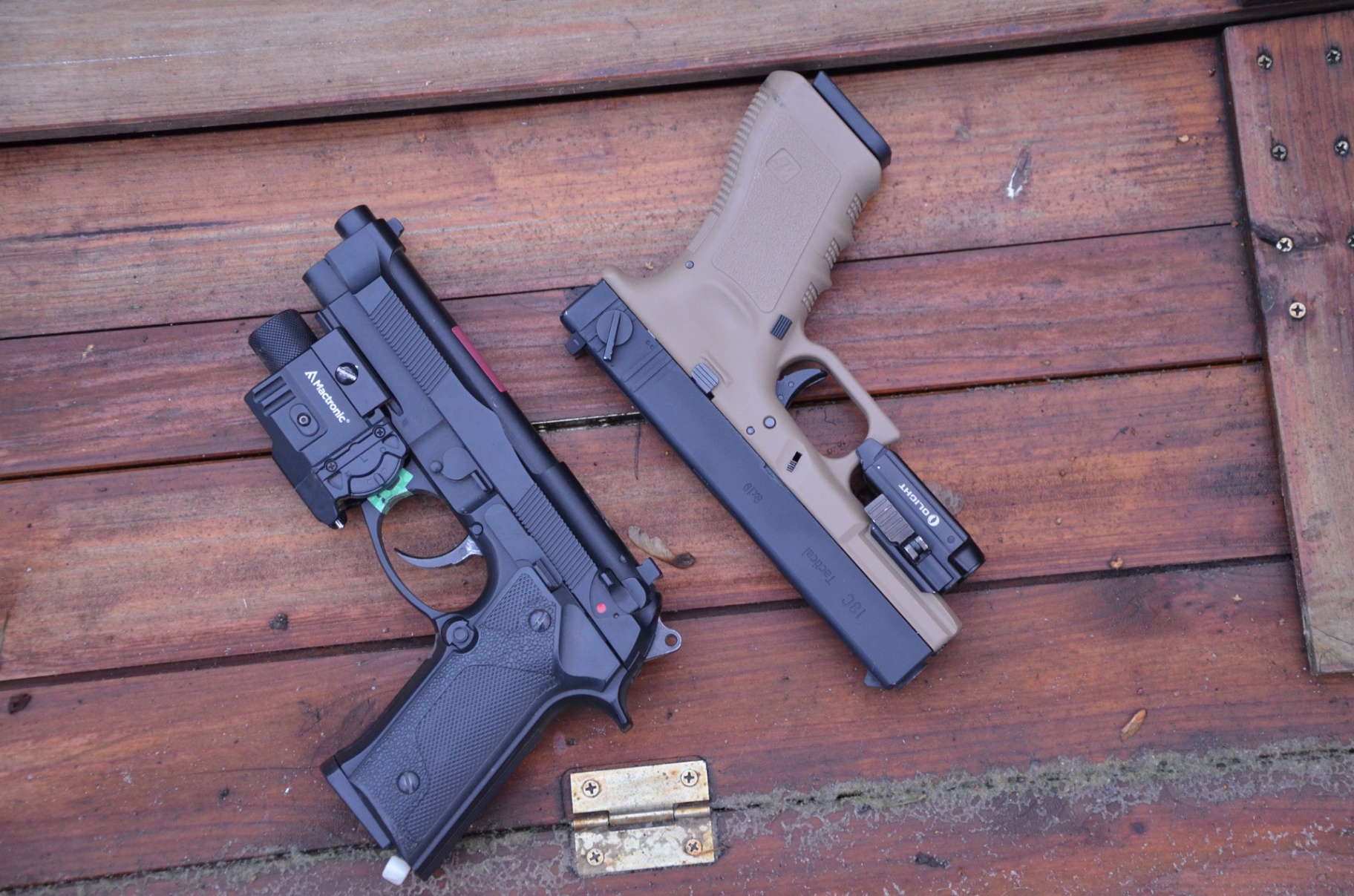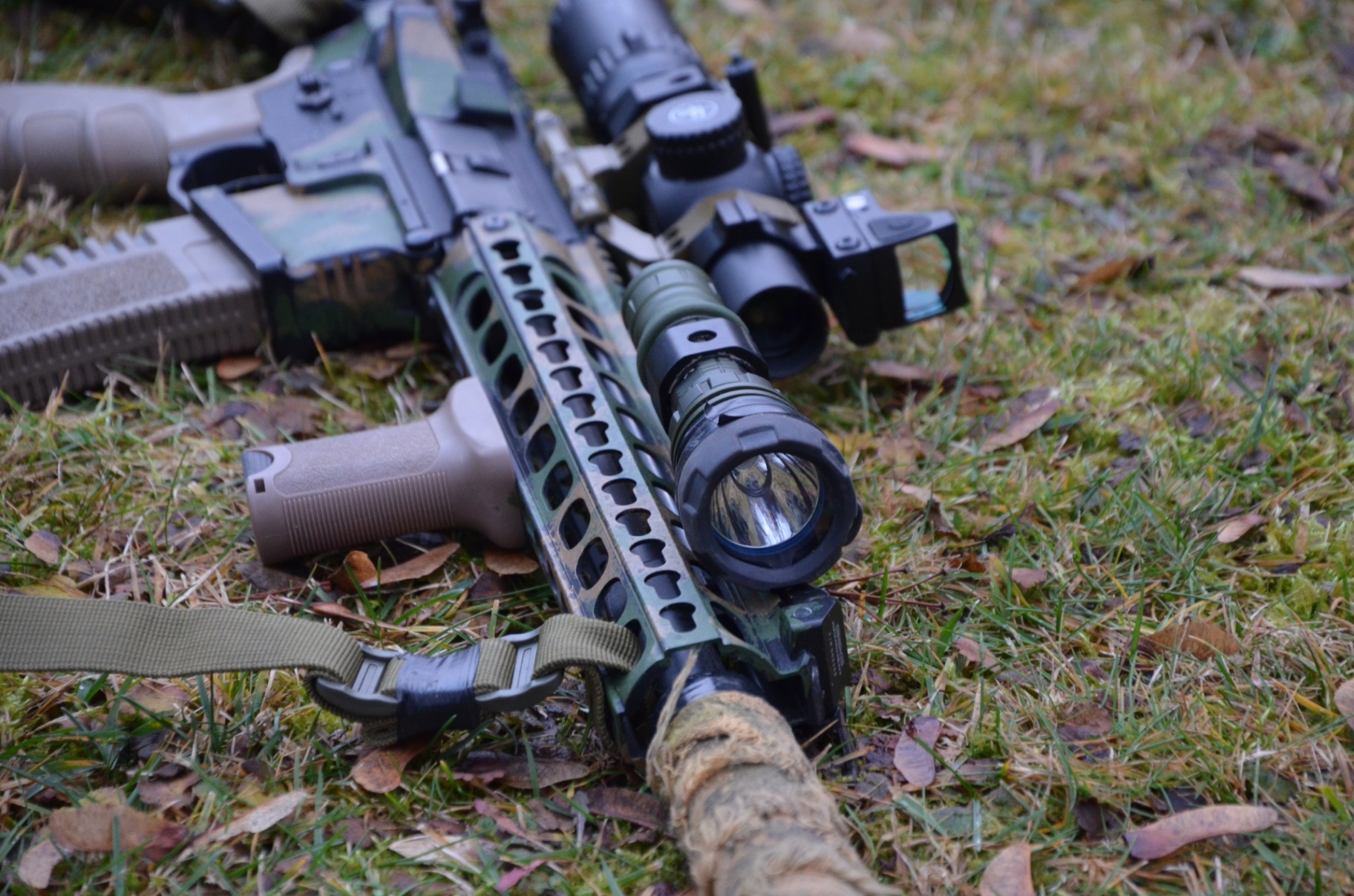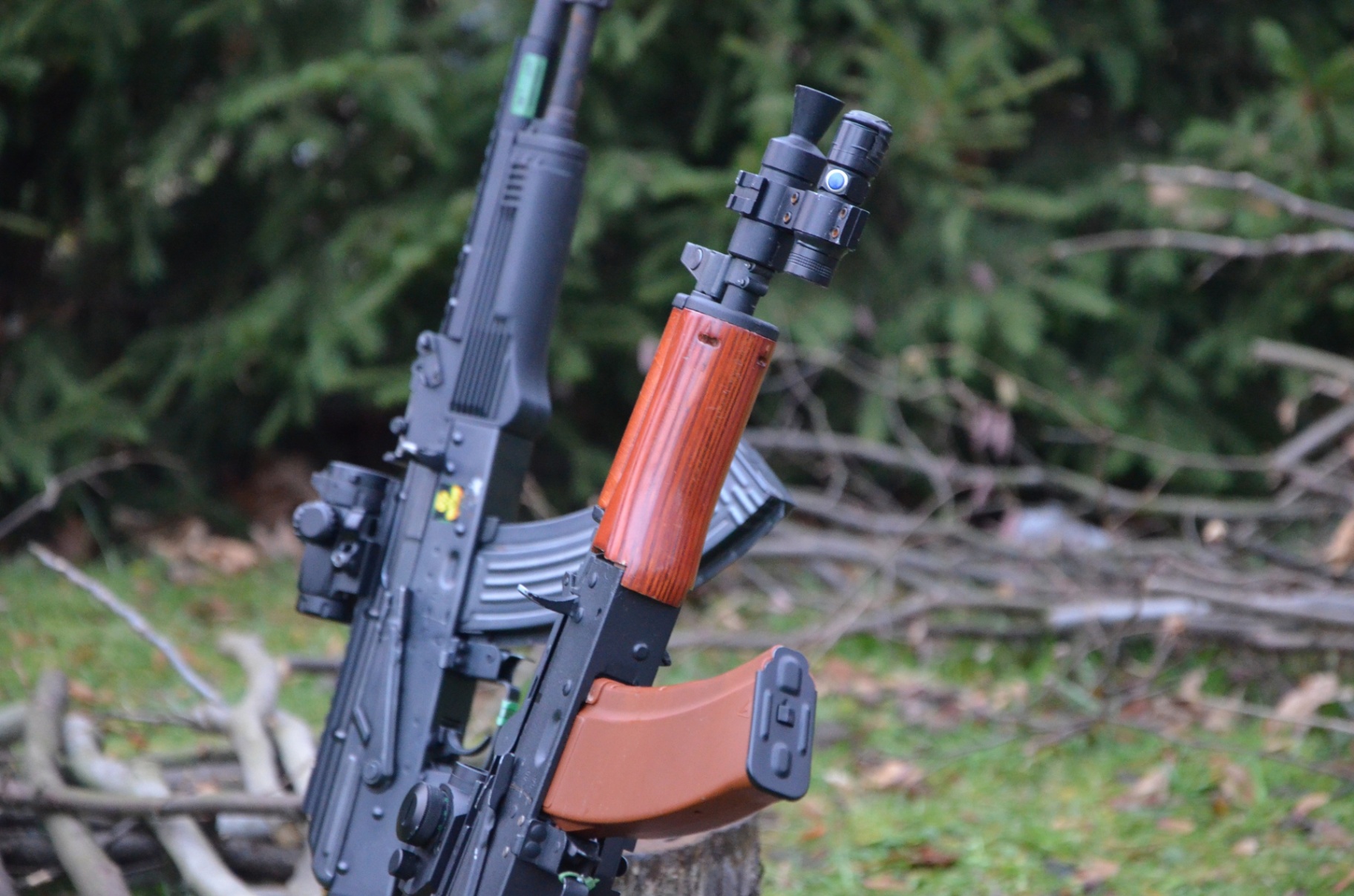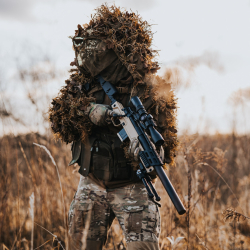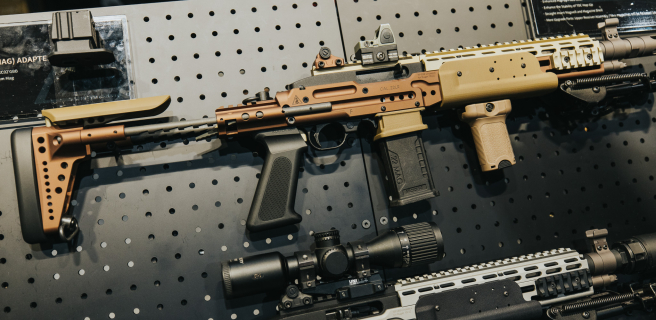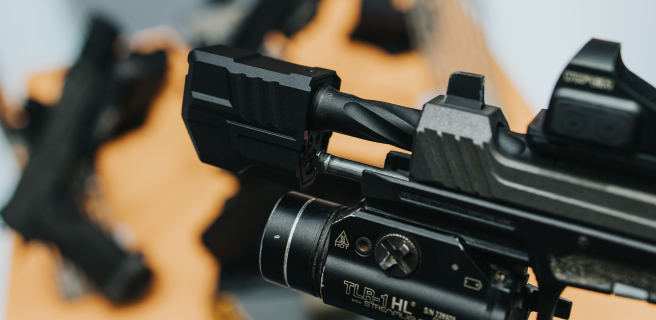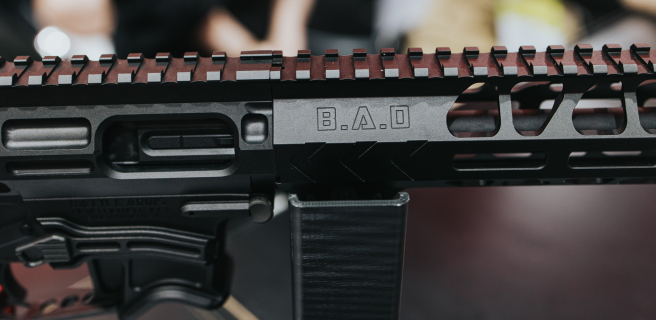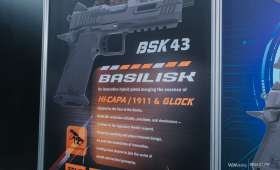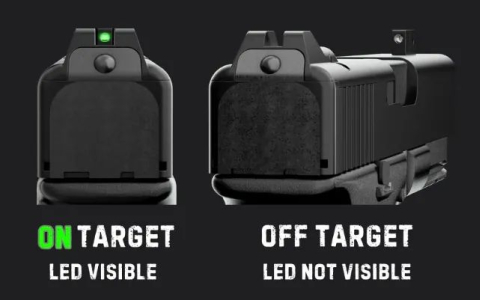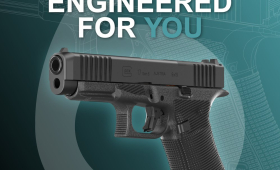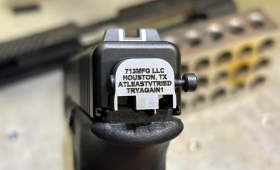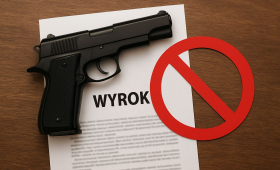AIRSOFT LIMITS FOR FLASHLIGHTS
It has been over a decade since strong tactical flashlights began to gain popularity in airsoft competitions. Players appearing at games with equipment generating several hundred lumens aroused the amazement of others who were not up to date with the possibilities of LEDs. The technology inside the tiny devices has advanced a lot since then. Luminous flux is no longer counted in hundreds of lumens, and small tactical flashlights mounted on replicas now have several times better parameters.
Do the ever-increasing capabilities and performance of tactical flashlights pose a threat to the safety of airsoft players? Should we worry about our health? Are restrictions needed? I don't have a clear answer to these questions. However, certain fears among players are gradually increasing. This year alone, I have heard and seen discussions on this topic several times. So even if there is no problem at the moment, it can be assumed that over time it will start to be discussed more often. Especially considering the popularity of "unplugged" meetings, where players without access to advanced optics for night operations may try to gain an advantage with other permitted equipment.
ARE LUMENS HARMFUL?
In order to approach the topic of possible restrictions on flashlights sensibly, we must first abandon one of the often repeated myths: the more lumens, the more the flashlight blinds others?
The answer is quite clear - no. Although the manufacturers of many flashlights most often give the value of the luminous flux of the flashlight, expressed in Lumens, the intensity of "dazzling" is better described by other values: Candelas and lux. Lumens is just the total amount of light generated by a flashlight in all directions. Candela, on the other hand, describes light, taking into account only one direction. The more Candela, the greater the range of the light, because its intensity allows it to reach further. As one can guess, this is largely responsible for our perception of the brightness of the source of light shining at us. Luxes, on the other hand, depend on the distance, but they also come in handy in understanding the dependence when blinding other players: they express the intensity of illumination, the amount of light falling on a specific surface.
Slightly simpler? Let's imagine an exemplary light source, in the form of a light bulb for a ceiling lamp in the living room, which generates a total luminous flux (amount of light) of 2000 lumens. It evenly illuminates the entire room. Now let's cover it almost all with mirrors that will make exactly the same bulb direct all its light onto one wall. This wall will therefore be illuminated with more intensity than before. The bulb still generates 2,000 Lumens, but focuses them on a much smaller area. The light source has more Candela. The lux measured on the illuminated wall also increases. If the observer of the light source stands against this wall, he will also be blinded more.
A very similar situation occurs in the context of tactical flashlights. Here, the parameters of the diode and the driver affect the total amount of generated light (lumens), and the design of the flashlight, its reflector, also the emitter itself, as well as the optics used have a decisive impact on the angle of light and how these lumens will be distributed.
HOW DOES THIS AFFECT AIRSOFT CONDITIONS?
Considering the above, it is not unusual that tactical flashlights with a diffused luminous flux of around 3000 lumens may be less dangerous to other players than their 1000 lumen counterparts, but highly focused light. So it makes no sense when considering possible limitations for flashlights to suggest the number of lumens that they can muster. If other parameters are not known, first compare the light at a certain distance with another known test product.
Knowing these relationships better, it is also easier to choose the right flashlight, depending on the terrain and conditions in which it is to be used. I myself usually use one of the two flashlights on my replicas. The first one generates about 2000 Lumens and has a moderately high focus. A large number of Candela is useful in a forest area during night games, as it helps to effectively illuminate the target at a greater distance. The second flashlight is most often mounted on a CQB replica. Its luminous flux is about 3000 lumens, but the light is more diffused. This allows me to illuminate the rooms I enter more fully and brightly, while not exposing the players on the other side of the barrel to excessive glare.
Considerations on the legitimacy of controlling the parameters of tactical flashlights used during games are becoming even more timely due to the gradual popularization of LEP type flashlights. Unlike LED technology, LEPs are based on a laser emitter, in which the white beam is converted into a stream of light in the full spectrum. Although such light is less dangerous to the eyes than a monochromatic one, LEP flashlights are characterized by much higher light concentration and intensity (more Candela, more lux on a specific surface) than many traditional LED flashlights, with an inconspicuous, potentially misleading, low number of Lumens (e.g. 300-500).
Apart from routine energy measurements of replicas, should participants of airsoft events look at the accessories mounted on the replica and their capabilities? We leave this to the meeting organizers to evaluate. Certainly, from the perspective of the players themselves, it should be borne in mind that the technologies used in tactical flashlights have gone a long way. Just because you've never heard of this aspect being taken care of in the past doesn't mean it will always be this way. Manufacturers are developing and introducing more powerful emitters to the market on an ongoing basis. It is in good taste to keep common sense and try not to shine in others' eyes with such a light that one would not want to meet directly.

